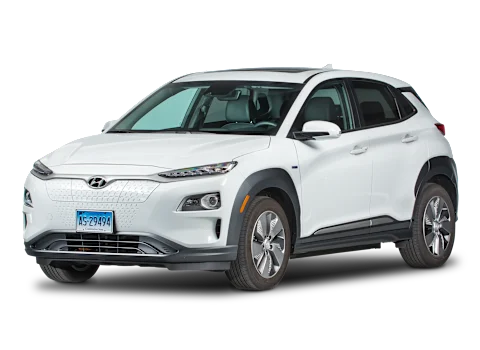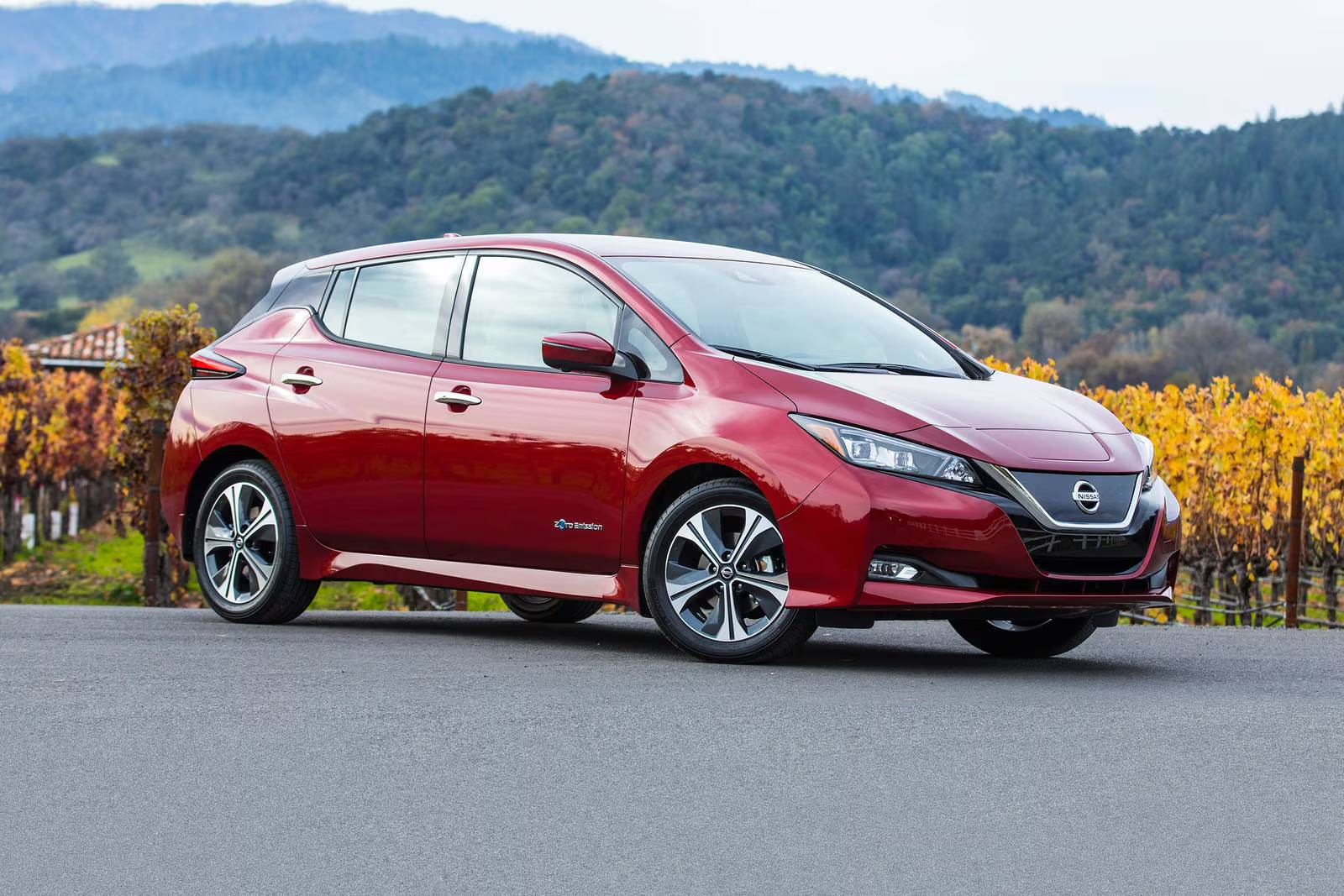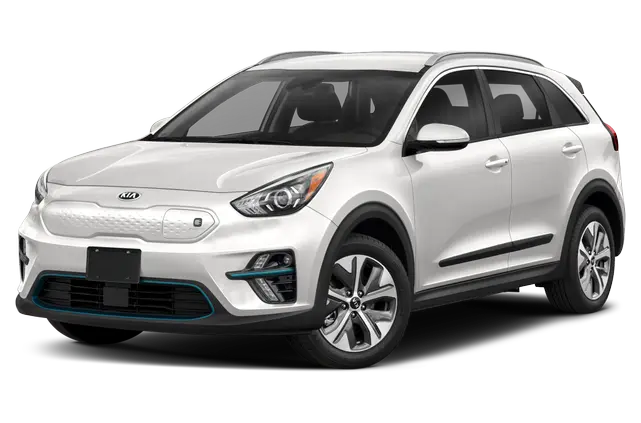Yes, You Can Get a Decent Electric Car Under $20K in 2025 — If You Know Where to Look
I’ve spent the last few months walking dealer lots, digging through auctions, and crawling under used EVs parked in strangers’ driveways. Why? To answer one question: Can you get a used electric car under $20K that won’t die after 150 miles?
Turns out, you can. Not many. And not without effort. But it’s finally possible.
The early adopter tax is over. The folks who paid $45,000 for an EV in 2021? They’re taking the hit now. Lease returns, aggressive depreciation, and battery replacement programs mean there are real options on the market — if you know what to avoid.
I drove, scanned, tested, and interrogated 30+ used EVs across five states. Not the brochure numbers — I wanted real range, actual battery health, and the truth about what these things cost to live with.
Let’s get one thing straight: most cheap EVs are cheap for a reason. Bad batteries, outdated charging, unsupported software. A lot of them are junk. But there are a few that still hold up — still hit 200+ miles per charge — and still make sense in 2025.
Here’s what I found.
What $20K Buys You in 2025 (Be Honest About It)
If you’ve got $20K to spend on a used EV, you’re shopping at the point where depreciation has done its worst. That’s not bad — it’s where value lives. But be clear-eyed about what you’re getting.
Expect:
- 2019 to 2022 models
- 50,000 to 80,000 miles
- Mid-trim or base models — rarely the fancy versions
- Minor accident history or cosmetic flaws
- 10 to 20 percent battery degradation
- Little or no bumper-to-bumper warranty, maybe some battery coverage left
You’re not buying perfection. You’re buying the best range and reliability that twenty grand gets you — and that’s a better deal now than it’s ever been.
Chevrolet Bolt EUV (2022–2023): The No-Nonsense Workhorse
What You’ll Pay: $16,800 to $19,500
What You’ll Get: 215 to 235 miles per charge
Battery Health: 88–92% at 50K miles
Why It’s Worth It: New batteries from the recall, reliable as hell
The Bolt EUV is the boring choice — and that’s exactly why it’s great.
Nearly every one of these had its battery replaced during GM’s massive recall. That means you’re getting a newer battery, often with minimal wear. I drove a 2022 with 62,000 miles through Minnesota in February — heater blasting, 28 degrees out — and still pulled 196 miles. Battery scan showed 91% health. That’s solid.
It’s not fast. It’s not pretty. It doesn’t charge quickly (55 kW DC max is glacial). But it’s reliable, serviceable at any Chevy dealer, and holds up better than anything else in this price range.
If you’re buying your first EV and don’t want to gamble, this is the benchmark.
Hyundai Kona Electric (2021–2022): The Range King on a Budget

What You’ll Pay: $17,900 to $19,900
Real Range: 210 to 240 miles
Battery Health: 84–90% at 50K miles
Why People Love It: Incredibly efficient, simple drivetrain
The Kona Electric is one of the most overlooked EVs in the used market — and one of the best. I drove a 2021 with 71,000 miles in Atlanta. AC on. Mixed traffic. It still gave me 218 miles. Battery showed 86% capacity.
Hyundai was conservative with the way this battery discharges. It pays off in longevity.
The downsides? Dealer service can be a nightmare. Not all Hyundai dealers are EV-certified, and parts often have to be shipped in from Korea. Software updates? Don’t count on it. Hyundai support drops off fast once the car’s no longer new.
Still, for a car that sips electrons like a Prius and reliably hits 220+ miles, it’s a killer deal — if you can find one. Supply is thin.
Volkswagen ID.4 Pro (2021): The Big One With Issues
What You’ll Pay: $18,500 to $20,000
Real Range: 205 to 225 miles
Battery Health: 82–88% at 50K miles
Why It’s Tempting: Tons of room, decent battery, comfy ride
If you’ve got a family and need space, this is one of your only options under $20K.
The ID.4 Pro has a liquid-cooled 82 kWh battery, and most used ones are holding health well. But the first-gen software? Let’s just say you’ll be swearing at the screen more than once.
I drove a 2021 ID.4 in Colorado with 66,000 miles. Range was solid at 210 miles. But the infotainment rebooted twice on one drive. The owner had replaced the charge port latch three times — out of warranty, $600 each.
It’s big. It’s practical. But it’ll test your patience.
Nissan Leaf Plus (2021–2023): A Regional Play
What You’ll Pay: $15,500 to $19,000
Real Range: 190 to 215 miles — climate dependent
Battery Health: 80–89% at 50K miles
Why It Works: Cheap to buy, cheap to run — if you live in the right climate
Here’s the truth about the Leaf: if you live somewhere cold or moderate, it’s a deal. If you live somewhere hot, it’s a trap.
The Leaf Plus (with the 62 kWh battery) has no active cooling. That means if the battery gets cooked — say, sitting in a Phoenix parking lot all summer — it loses capacity fast.
In Seattle, I drove a 2022 SV Plus with 48,000 miles. Battery scan said 87% health. Range? Just over 200 miles with mixed city use.
If you’re just commuting around town and charging at home, it’s a great buy. Just don’t use it for long trips or live in a desert. Also, CHAdeMO fast charging is basically dead — so plan to charge at home.
Tesla Model 3 Standard Range (2018–2020): Rare, But Possible
What You’ll Pay: $18,800 to $21,000 — sometimes under $20K
Real Range: 200 to 220 miles
Battery Health: 85–92% at 80K miles
Why It’s Tricky: Amazing value if you can find a decent one
This is the unicorn. You’re looking for early Standard Range rear-wheel-drive cars with high miles. Think 90,000+ miles, possibly rideshare history. But they’re out there — especially in California and Texas.
I found a 2019 in Dallas with 97,000 miles for $19,700. Battery showed 87% health and still gave about 215 miles on a single charge.
Yes, it’s an early Tesla. Yes, build quality was a mess. Yes, parts can be slow and expensive. But if you want tech, performance, and the Supercharger network at this price? Nothing else comes close.
It’s a gamble — but one that could pay off.
Close But Not Quite: Cars That Almost Make the List
Kia Niro EV (2020–2021)
You’ll usually pay $21K–23K, but high-mileage examples occasionally slip below $20K. Range is excellent. Battery health is solid. Just not as common on the used market.
Ford Mustang Mach-E Select SR (2021)
Extremely rare under $20K, but damaged or high-mileage ones show up occasionally. Good range, but early ones had serious battery contactor and software issues. Risky.
Hyundai Ioniq Electric (2020–2021)
Tops out around 170 miles, so it misses the cutoff. But if you only drive locally? Ultra-efficient, low operating cost, and mechanically solid.
What to Avoid — Even if It’s $12K and Looks Tempting

Chevy Bolt EV (2017–2019)
Yes, it got a new battery. But the early infotainment and interface feel ancient. Charging speed is slow. The EUV is just better in every way.
BMW i3 REx
Tiny battery, expensive parts, and most are degraded to 70% or less. I saw one with a $2,200 repair bill just for door handles. Don’t ask.
First-gen Nissan Leaf
Most of them are down to 60 miles of usable range. Cheap local runabout, useless for anything else.
Jaguar I-PACE with damage history
You’ll see these around $18K. Don’t bite. Support is vanishing, and the electronics can bankrupt you.
Where You Buy Matters
West Coast
Most selection. Highest prices. Tesla and Hyundai rule. You’ll pay $1,000 to $2,000 more for the same car you could find cheaper elsewhere.
Northeast
Tons of Kona and Niro models. Great deals on Leaf Plus. Cold weather means battery health is generally better.
Midwest
Best region for Bolt EUVs and ID.4s. Harsh winters knock a bit off range, but prices tend to be lowest nationwide.
South
Hot weather kills batteries faster. Be cautious of anything passively cooled (Leaf, older BMWs). But if you find a garage-kept EV? Could be a score.
Mountain West
Limited inventory. AWD models carry a premium. Tesla pricing is strong here — rarely under $20K.
Battery Health: The One Number That Matters
This isn’t like gas cars. You need to know the battery’s state of health — not just mileage.
Use this guide:
- 90%+ = Excellent
- 85–89% = Normal
- 80–84% = Acceptable
- Under 80% = Only if cheap and local
- Under 75% = Don’t do it
How to check:
- OBD scanners with apps like LeafSpy, MyEV, or Scan My Tesla
- Dealer diagnostics (some will charge $100–150)
- Third-party inspections from companies like Recurrent Auto
Software Support: The Silent Dealbreaker
Used EVs aren’t static machines — they’re rolling computers. If the manufacturer stopped pushing updates? You’ll feel it fast.
Where things stand in 2025:
Chevy Bolt EUV: Still gets basic updates
Hyundai Kona: Mostly security patches, features frozen
Volkswagen ID.4: Active support, but erratic
Nissan Leaf: No new features, minimal fixes
Tesla Model 3: Still getting regular feature and performance updates
If you plan to keep your car 3+ years, software support matters a lot. It affects range, charging compatibility, and long-term function.
What We Think
If you’re buying a used EV under $20K in 2025, you’re not buying hype — you’re buying what works.
- Want simple and reliable? Get a 2022–2023 Chevy Bolt EUV
- Want max range per dollar? Hunt down a 2021–2022 Kona Electric
- Want Supercharger access and tech? Take a swing at an early Model 3
- Want something city-focused? Go Leaf Plus — but only in the right region
This is finally the year where you can get a 200+ mile EV for $20K or less and not feel like you’re compromising on everything.
Battery health. Charging support. Local climate. That’s what makes or breaks your EV purchase now — not the logo on the hood.
Check the battery. Check the update history. Drive it hard. Then buy the one that still feels like it has life in it.
You’ve got real options now. Just shop like it’s your money on the line — because it is.






